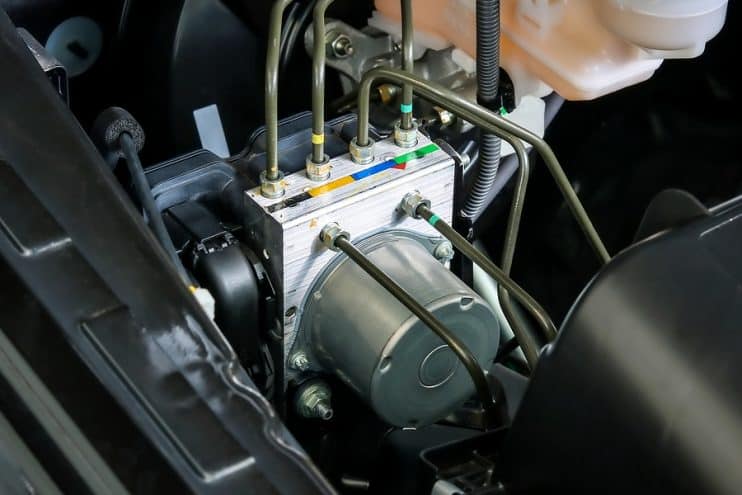
Your vehicle’s Anti-Lock Braking System (ABS) is a crucial safety component. It processes data from the wheel speed sensors to prevent the wheels from locking up and skidding, helping you steer safely while stopping. Introduced in the 1980s, it’s a key safety feature in most modern cars.
A faulty ABS control unit can lead to wheel lock-up, increased stopping distances, brake pedal issues, and a dashboard warning light, ultimately compromising your vehicle’s braking safety.
This guide will explain what ABS modules do, how to spot issues and when to consider a replacement ABS pump or sensor.
Table of contents:
- What are the signs of a faulty ABS module?
- How does the ABS work?
- What happens if the ABD module fails?
- Where is the ABS?
What are the signs of a faulty ABS module?
If your car’s ABS module is on the blink, there are several signs to watch for that could indicate a problem. Here’s how to spot potential ABS issues before they become a more significant concern.
The ABS warning light comes on
The most obvious sign is the ABS warning light on your dashboard. When you start the car, the ABS light briefly illuminates, but if it stays on, something may be wrong.
Sometimes, turning the ignition off and on again might clear a temporary fault, but if the light remains, you’ll need a mechanic.
A persistent ABS light could indicate a faulty module or another ABS component, such as the pump or sensor. In older cars without an ABS light, you might see the check engine light instead.
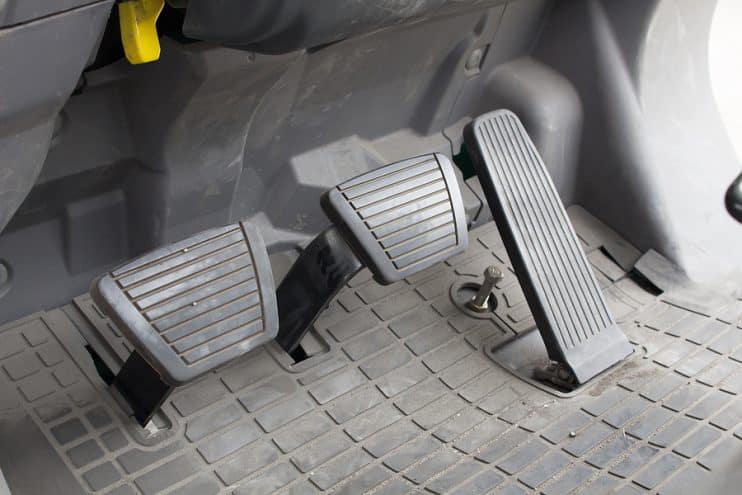
Unresponsive brake pedal
If your brake pedal starts becoming unresponsive, particularly during heavy braking, it could be a sign of a deteriorating ABS module. Initially, you might need to press the pedal a few times to engage the brakes, but as the module worsens, it could take multiple attempts to stop effectively.
This issue could also be due to air in the brake lines or low brake fluid, so a mechanic should check it thoroughly.
Increased brake pedal effort
A fully functioning brake system requires minimal effort to slow the vehicle. If you find yourself pressing the pedal harder than usual to achieve the same braking force, there may be a problem with the ABS module.
However, other issues, such as worn brake pads or a failing brake booster, could also cause this, so it’s important to have a professional inspect the entire system.
Wheel locking or loss of traction
One of the main jobs of the ABS is to prevent your wheels from locking up under hard braking. If the ABS module is faulty, your wheels may start locking, leading to a loss of traction.
This could be especially dangerous in wet conditions, as it increases the risk of skidding.
Unusual noises
Clicking or grinding noises while braking can also indicate ABS problems. These sounds might indicate that the module is malfunctioning or that the brakes are struggling to engage correctly.
If you hear these noises, don’t ignore them – get the system checked out as soon as possible.
How does the ABS work?
The ABS consists of four primary components:
- Speed sensors: These sensors alert the system when a wheel is on the verge of locking up.
- Valves: These regulate the pressure in each brake line, relieving it if it becomes too high.
- Pump: When a valve releases pressure in the brake line, the pump can restore that pressure as needed.
- Controller: This onboard computer monitors the speed sensors and manages the operation of the valves.
ABS works by constantly monitoring the rotational speed of each wheel using speed sensors. Under normal braking conditions, all wheels should slow down at the same rate. However, when the sensors detect that one or more wheels are about to lock up during hard braking, they alert the controller, which springs into action.
The ABS does this by rapidly modulating brake pressure to the affected wheel or wheels showing signs of locking up or skidding. When a speed sensor detects a wheel is about to lock, the controller signals the valves to release some of the brake pressure. This allows the pump to quickly restore pressure, creating a pulsing effect that prevents the wheels from fully locking up. This process occurs many times per second, helping you maintain steering control and reducing the risk of skidding, which is especially crucial on slippery surfaces.
The primary purpose of ABS is to help you control your vehicle during emergency braking situations. By preventing the wheels from locking up it can help you stop at a shorter distance, particularly in wet or icy conditions.
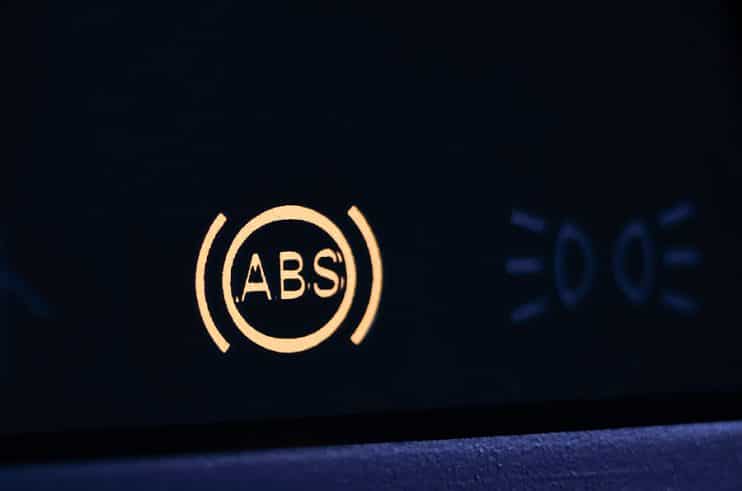
What happens if the ABD module fails?
If the ABS module fails, you might notice one or more of the following signs:
- Loss of anti-lock braking system functionality: The system won’t help prevent wheel lock-up during hard braking, making it harder to maintain control.
- Illuminated ABS warning light: The ABS warning light will stay on, letting you know something’s not quite right with the system.
- Loss of traction control: If your traction control system relies on the ABS, it may not function properly, making it trickier to handle slippery roads.
- Difficulty in stopping the vehicle: You may find the brakes feel less responsive, which could mean longer stopping distances when you really need to brake.
- Increased risk of accidents: Without the support of ABS, you could be more prone to skidding and losing control, especially in emergency situations.
Where is the ABS?
The ABS (Anti-Lock Braking System) is usually found in a few key spots around your vehicle:
- Engine compartment: In most cars, you’ll find the ABS control module and hydraulic control unit (HCU) tucked away in the engine bay, typically near the brake master cylinder.
- Chassis rail: Some designs place the ABS module along the chassis rail, giving it a secure spot while still making it easy to access the brake lines.
- Wheel arch: The ABS wheel speed sensors are positioned at each wheel, usually on the brake assembly or near the wheel hub, allowing them to monitor how fast each wheel rotates.
Your ABS control module plays a vital role in your vehicle’s safety. By recognising the signs of a failing ABS module, such as warning lights, brake responsiveness, and unusual noises, you can address issues before they escalate. Regular checks and maintenance can also ensure your braking system remains reliable, helping you stay safe on the road.

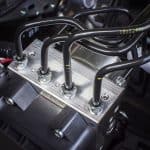
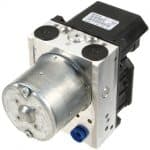
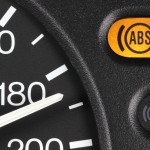
.png)